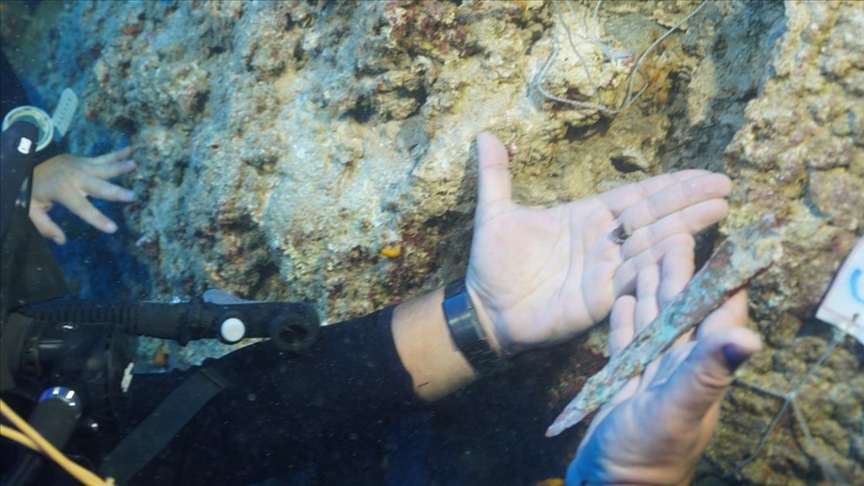
3,600-Year-Old Bronze Dagger Found in the Depths of the Mediterranean
A 3,600-year-old bronze dagger with a silver needle from the Minoan civilization of Crete has been discovered during underwater excavations off the coast of the Kumluca district of Antalya in southern Turkey.
Underwater archaeological excavations in Kumluca had previously unearthed a sunken ship carrying copper ingots thought to have come from the Troodos Mountains. This shipwreck is located 50 meters deep in the sea.
Excavations at the shipwreck site are being carried out under the direction of Assoc. Prof. Hakan Öniz from Akdeniz University in cooperation with the Directorate of Excavations and Research.
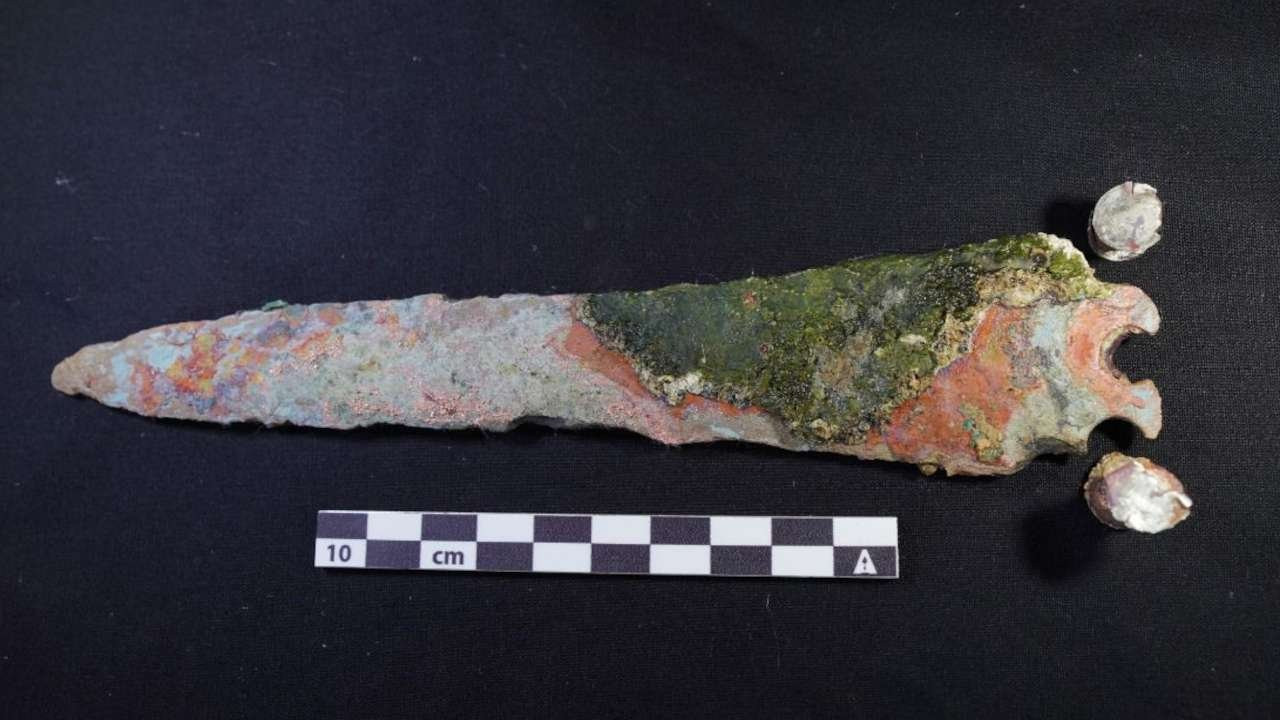
The latest find from the ongoing excavations is a bronze dagger with a silver needle, which has been identified as belonging to the Minoan civilization, approximately 3,600 years ago.
Experts also found evidence that the shipwreck occurred while the ship was en route to Crete.
Minoan Civilization
Crete Island, the jewel of the Aegean Sea, was home to the Minoan Civilization, which rose in the 3rd millennium BC and became an important maritime power in the Aegean. The Minoans established an advanced civilization on Crete and experienced their peak between 2700 and 1450 BC. The name “Minoan” was derived by British archaeologists from the mythological King Minos of the island.
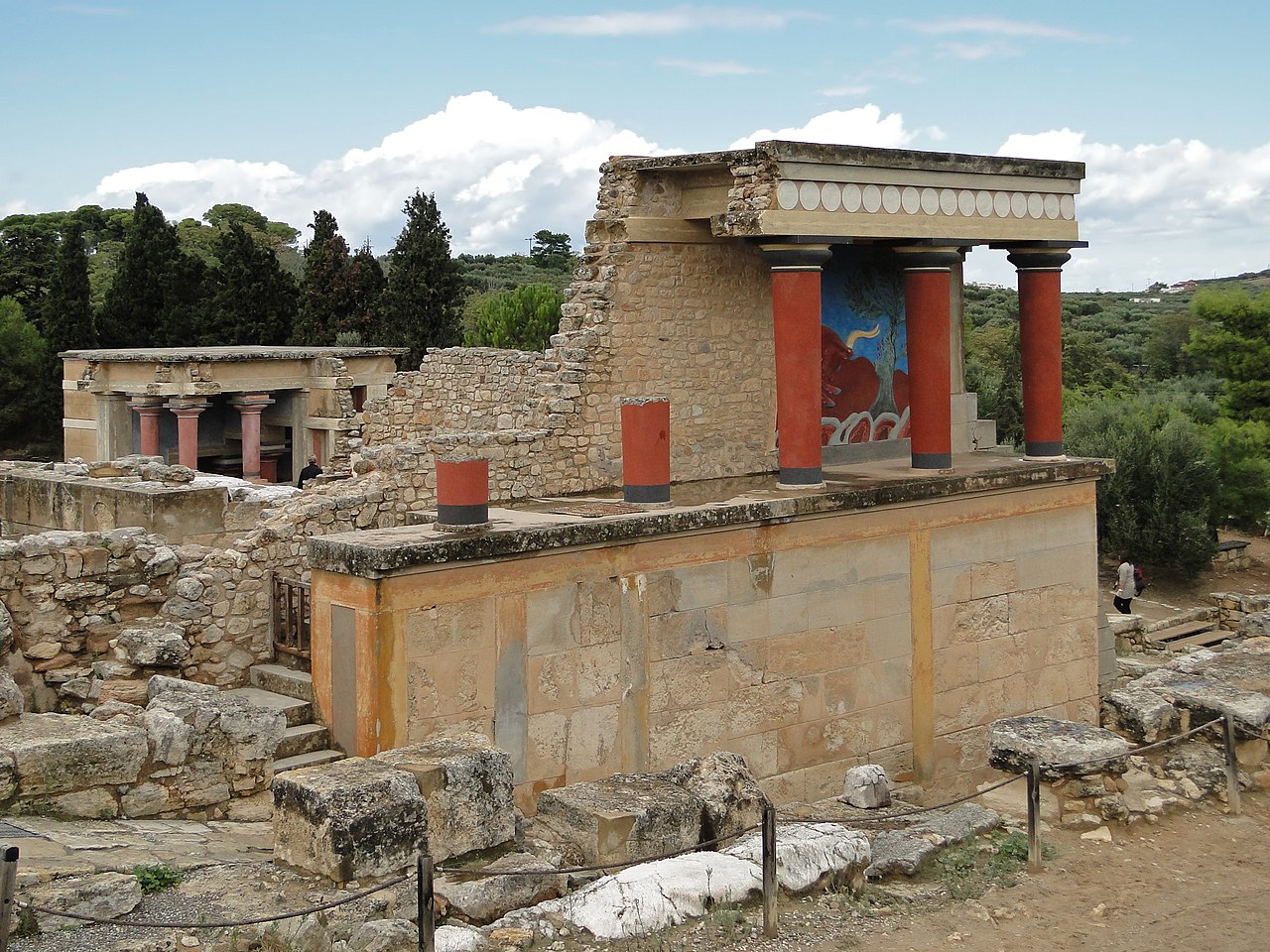
One of the most significant centers of the Minoan Civilization is the magnificent palace at Knossos. This palace is noted for its complex labyrinths, colorful frescoes, and advanced architecture, and it is associated with the legendary Labyrinth where the Minotaur was said to reside.
The Minoans were successful in maritime trade and established a vast trading network across the Aegean Sea. However, in the 15th century BC, a major volcanic eruption on Santorini Island, along with subsequent natural disasters, led to the disappearance of this great civilization from the historical stage.
You may also like
- 3,000 Year Old Settlement Uncovered During Construction of Ipswich Link Road
- The Ancient City of Kadyanda was the site of Brutal Pankration Competitions
- Archaeologists Discover 9,000-Year-Old Temple in Jordan Desert
- Sumerian Birth Certificate: One of History’s Oldest Records
- Archaeologists Uncover Unique Auditorium During Excavations in Sicily
- Astonishing 3,000-Year-Old Cave Paintings Unearthed in Brazil
- Ancient Assyrian Tablets: Science Uncovers 7th Century Writing Techniques
- The Mysterious Goddess of Levent Valley: 2800-Year-Old Hittite Goddess Figurine
- Discovery in Romania Reshapes History of Ancient Dacian Presence
- New Study: Climate Change May Have Played a Role in the Fall of the Roman Empire
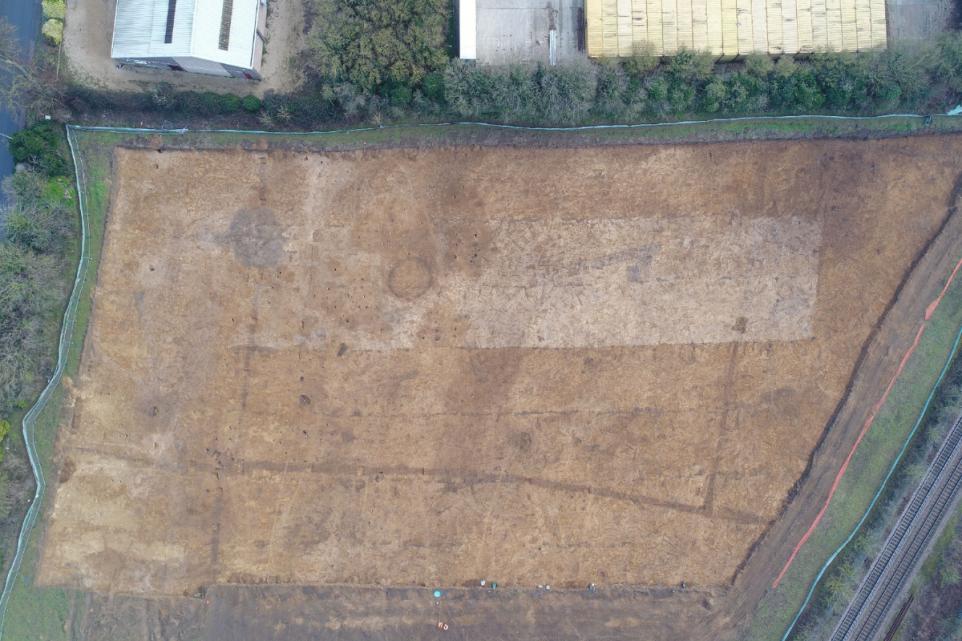
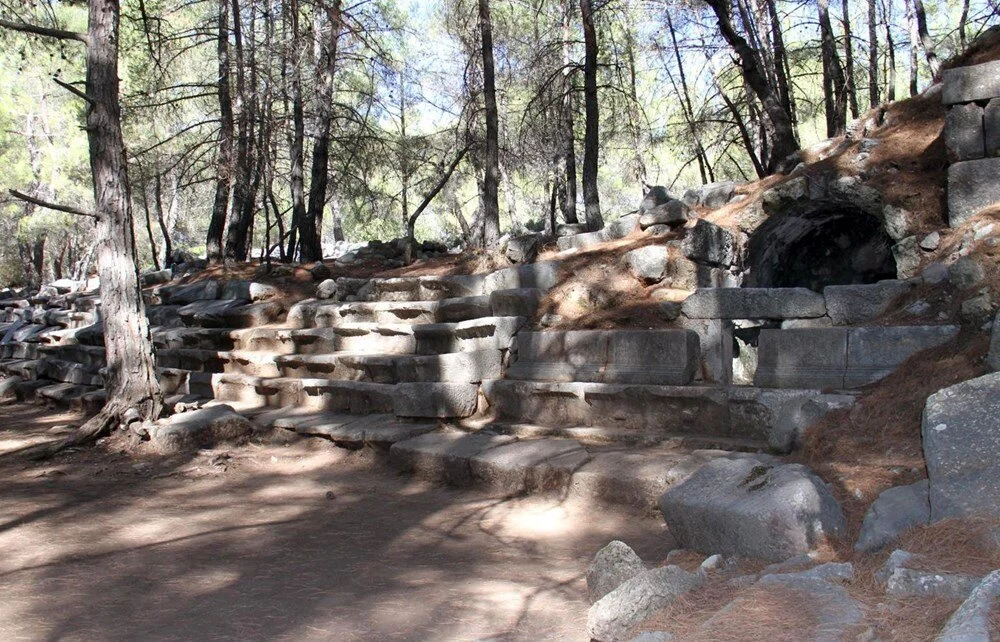
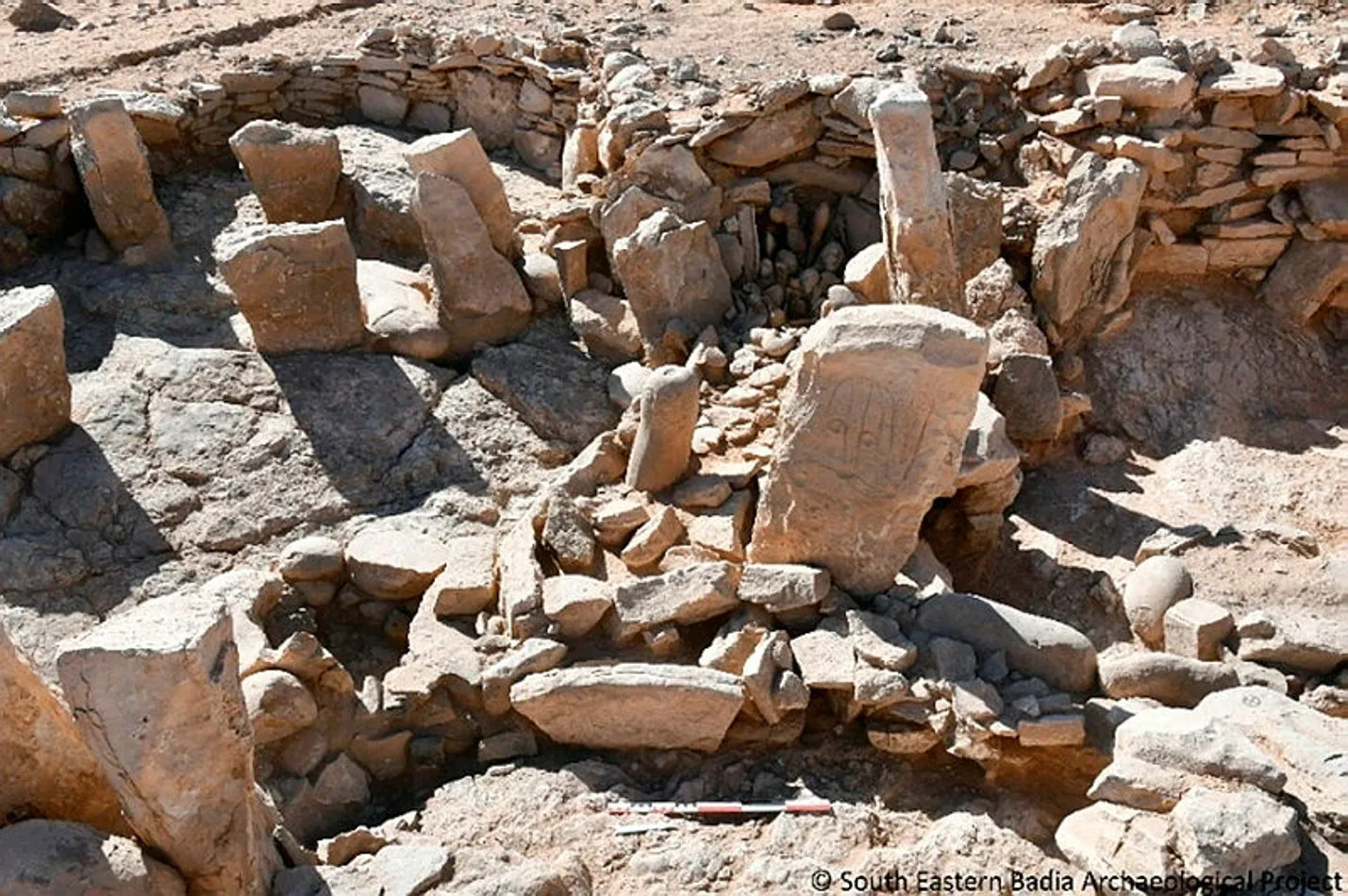
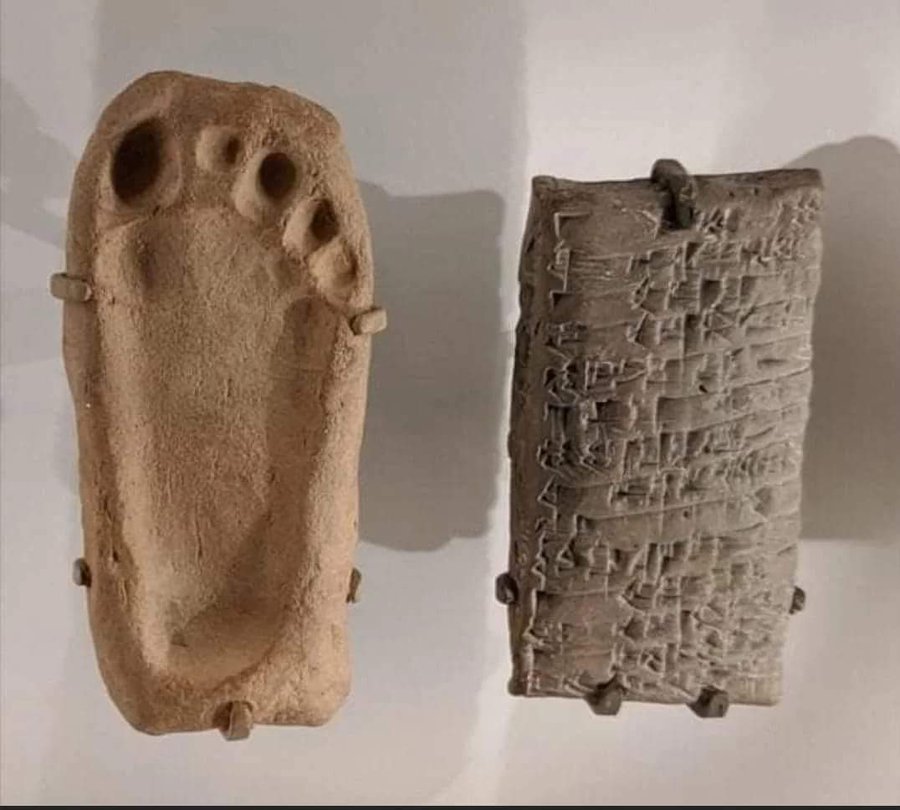
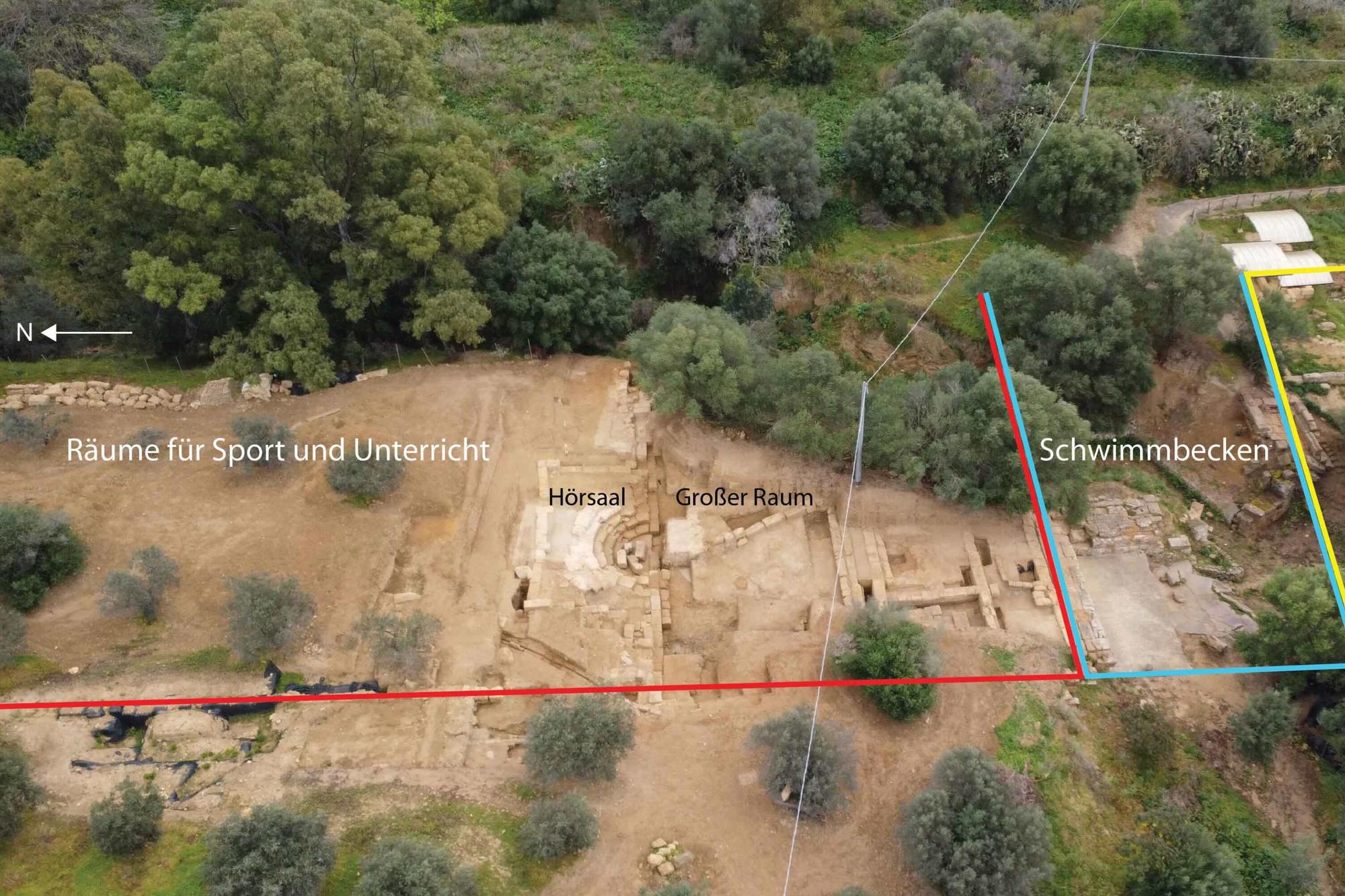

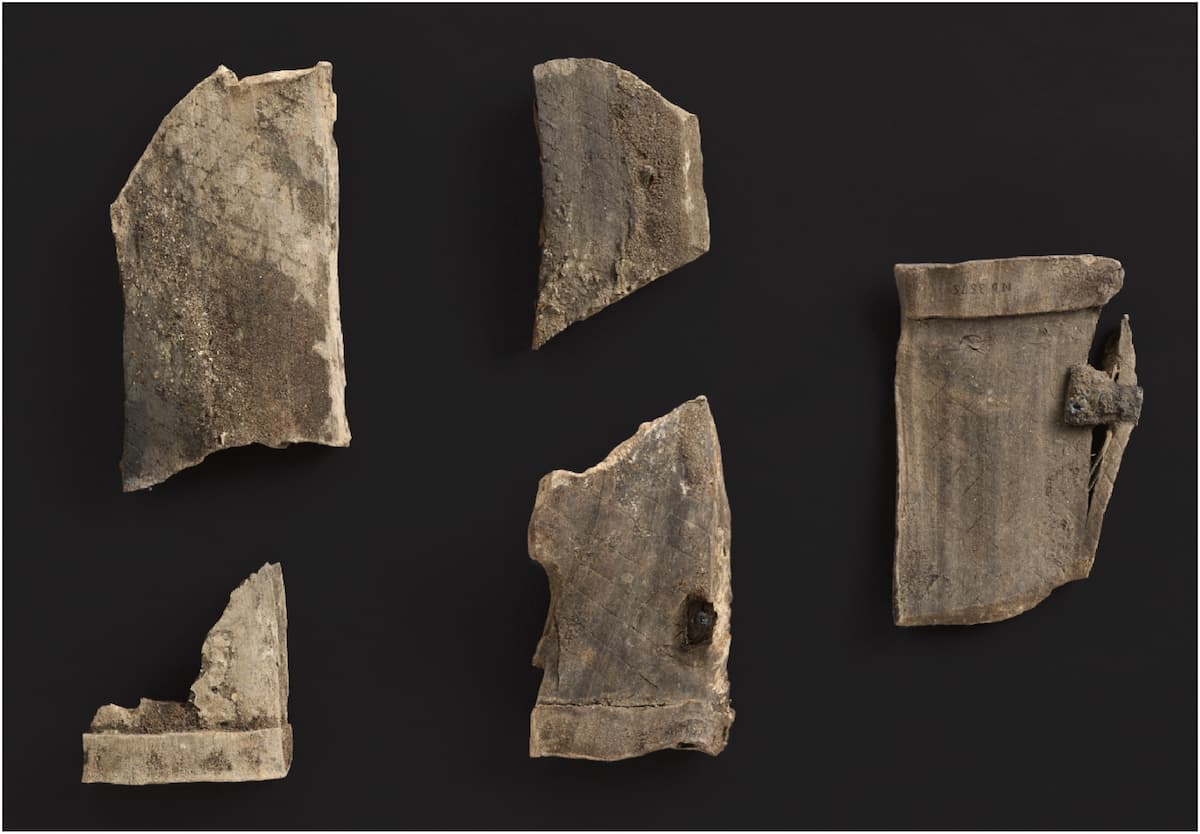
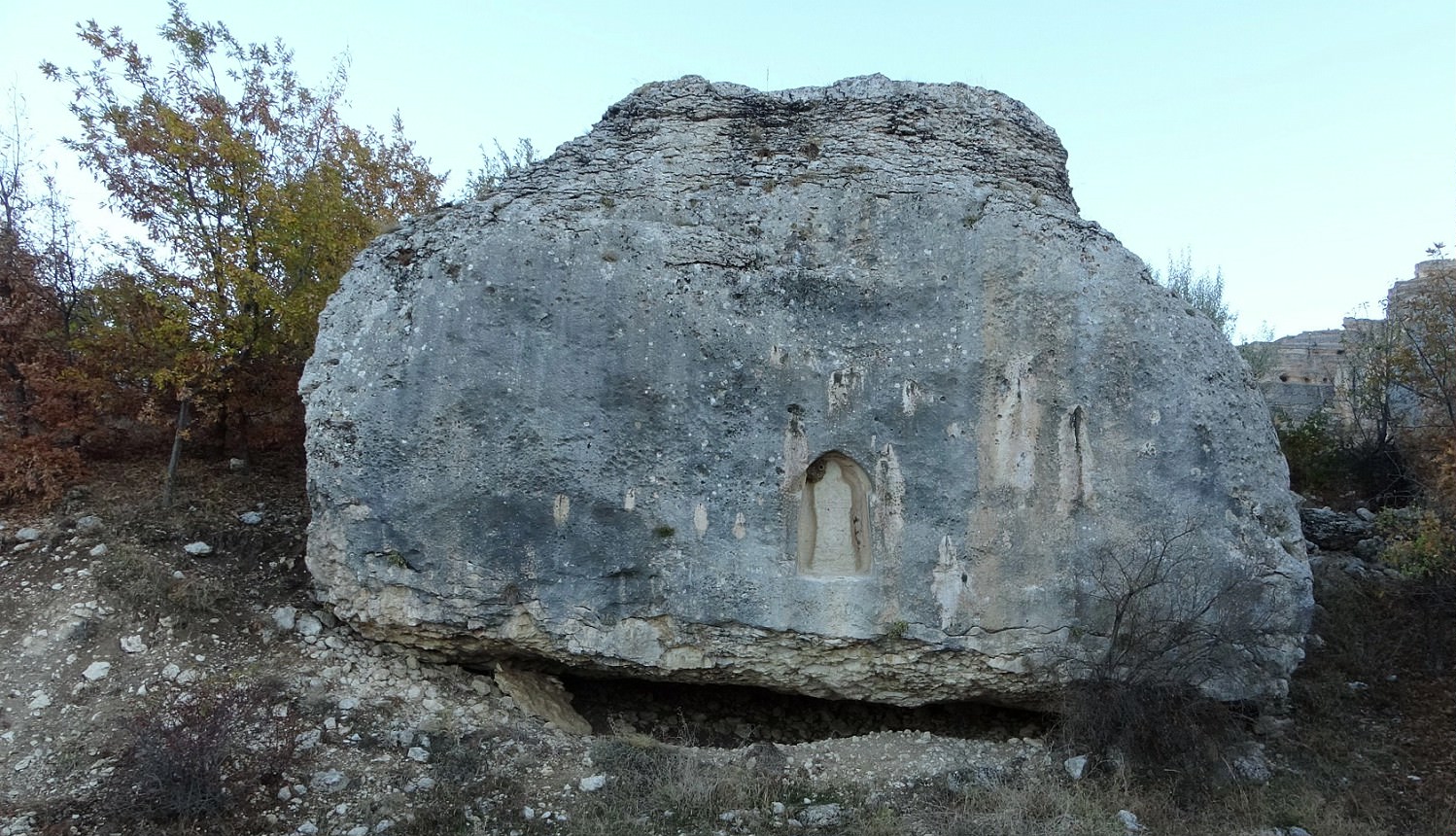
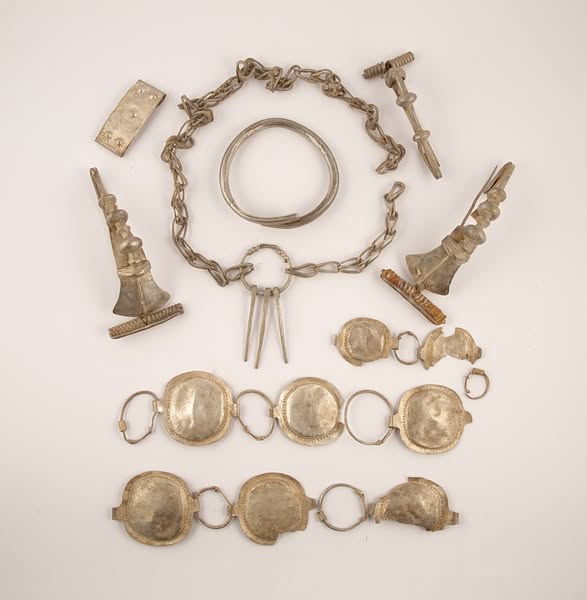

Leave a Reply